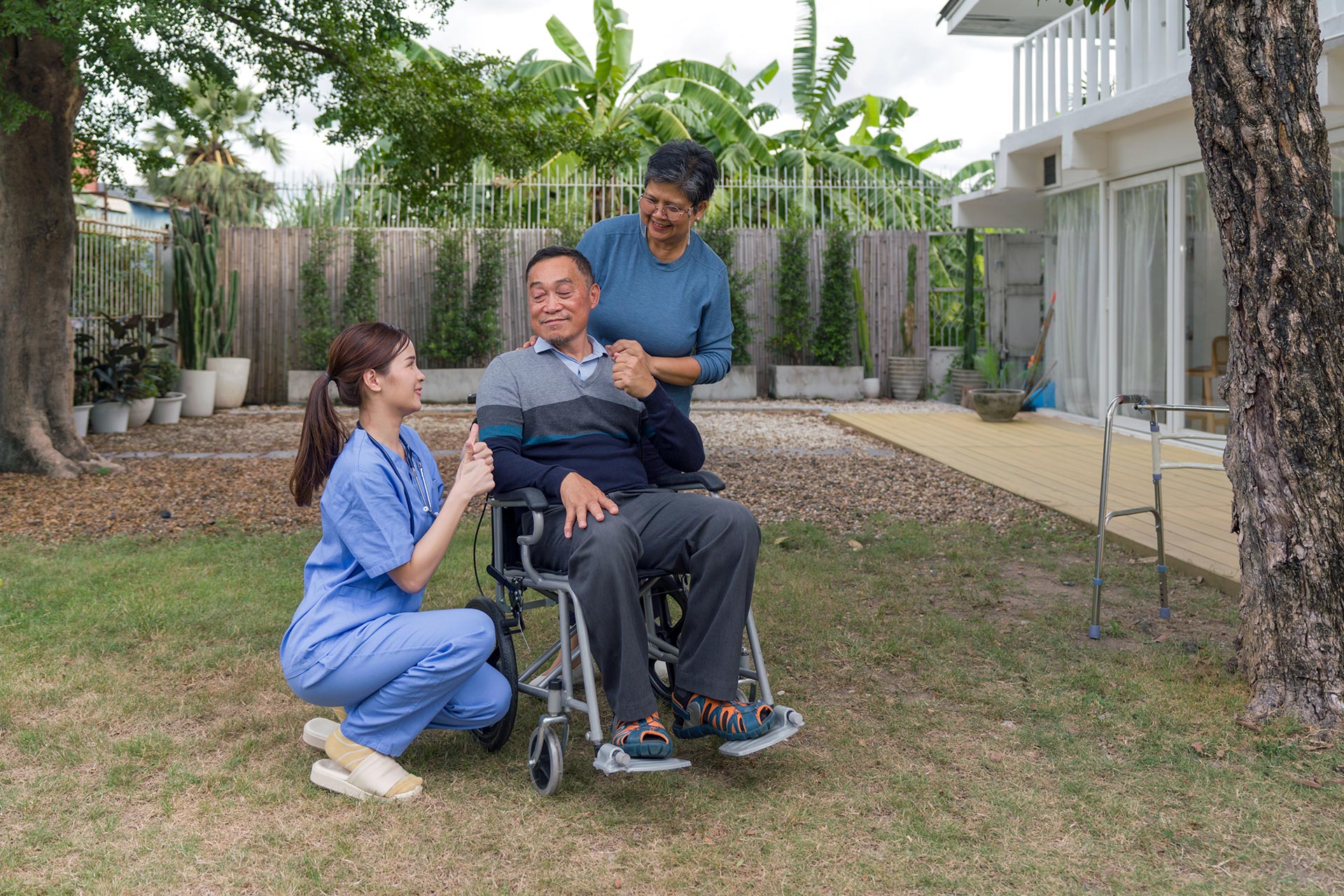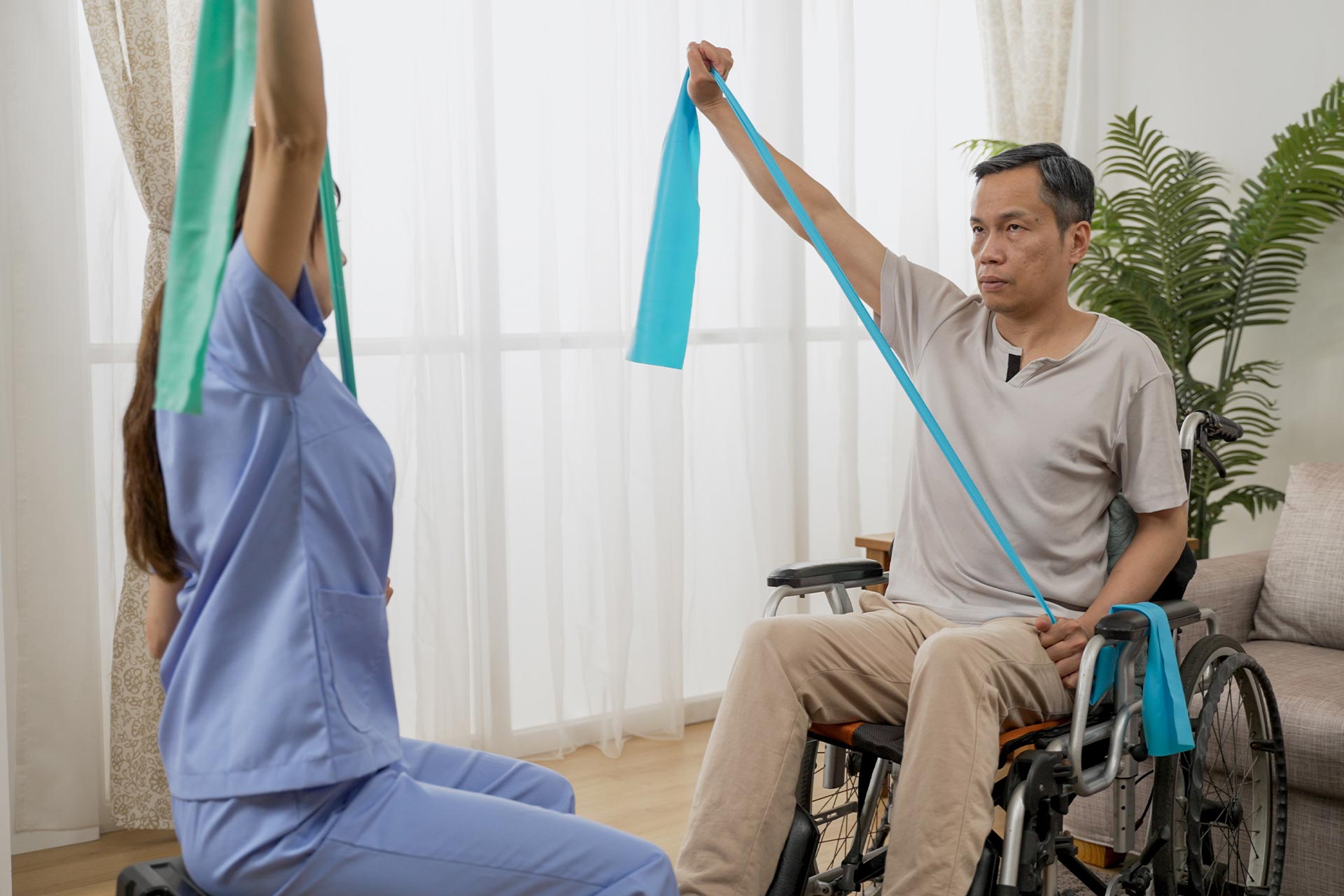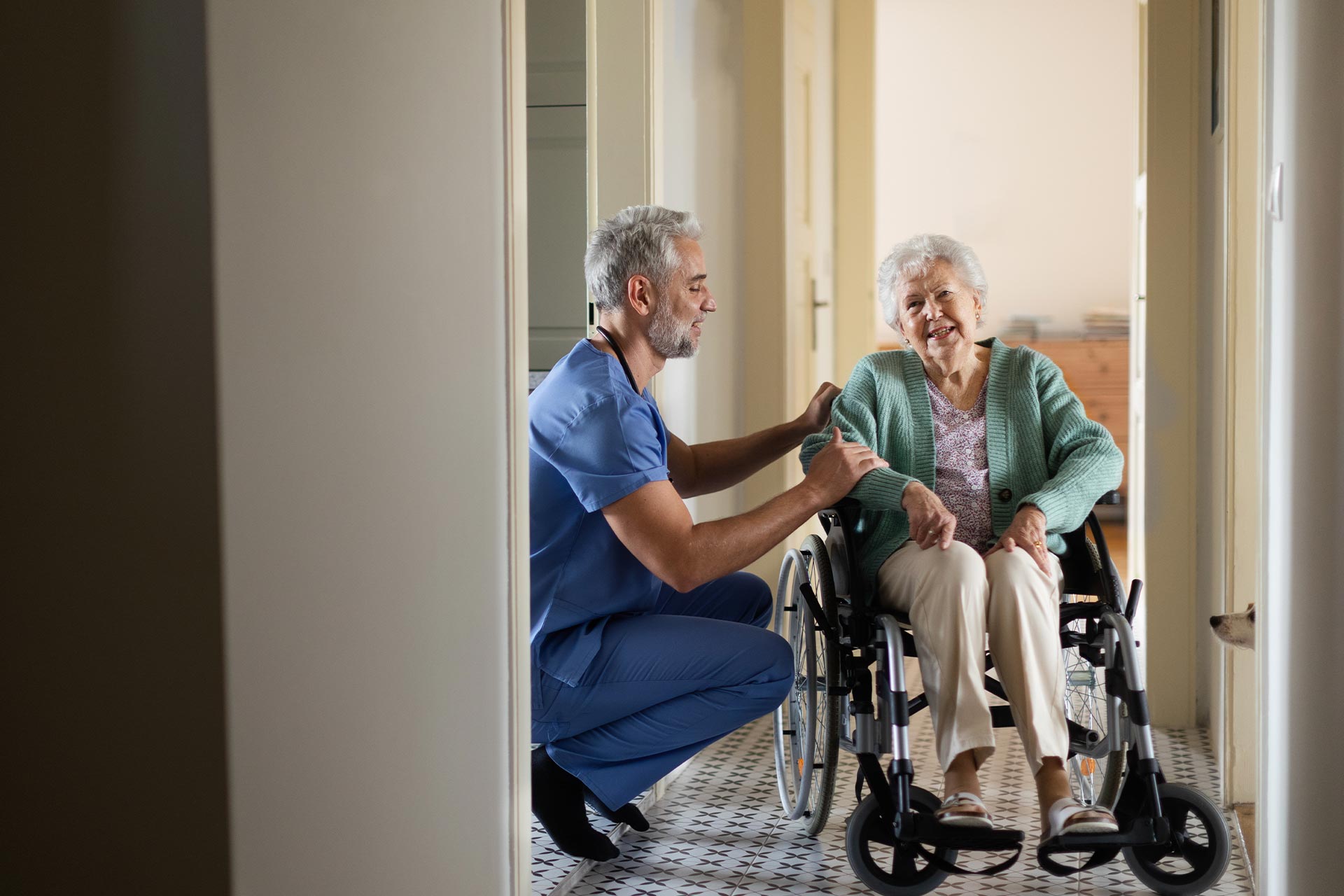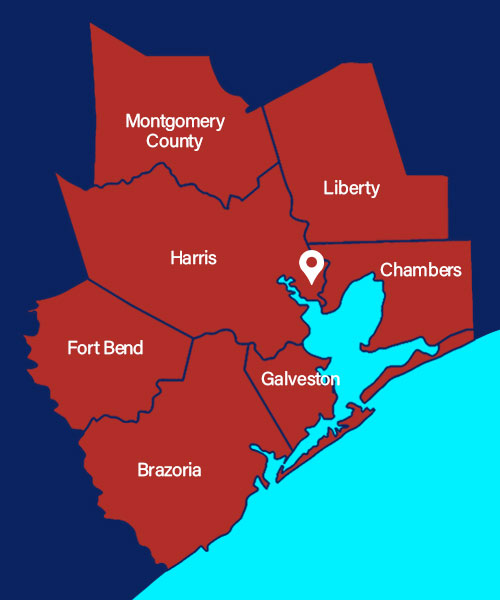Advocating for a Future of Prevention and Recovery
Did you know that September is National Spinal Cord Injury Awareness Month? This observance was established in 2013 with the passing of U.S. Senate Resolution 533. Its purpose is to raise awareness about the seriousness of spinal cord injuries and to advocate for ongoing research towards finding a cure for paralysis.
The Importance of SCI Awareness
Awareness about spinal cord injuries is crucial because it is a significant public health concern due to the life-altering consequences of these injuries. Thousands of people sustain spinal cord injuries annually, with long-term implications for their health, independence, and quality of life. By highlighting SCI awareness in September, communities and health professionals aim to spread information on what causes spinal cord injuries, prevention strategies, and rehabilitation options.
As medical science progresses, there is hope for future breakthroughs in treatment. However, prevention remains the most effective method for reducing the incidence of spinal cord injuries. During Spinal Cord Injury Awareness Month, we are reminded of the importance of community support, advanced medical care, and our role in reducing the risk of these devastating injuries.
What Causes Spinal Cord Injuries?
Understanding what causes spinal cord injuries is the first step toward both prevention and appropriate treatment. An SCI can occur due to traumatic or non-traumatic events.
Traumatic injuries often result from:
Non-traumatic causes of spinal cord injuries include:
In all these cases, damage to the spinal cord disrupts the flow of messages between the brain and the rest of the body, resulting in partial or complete loss of sensory and motor function below the level of injury. The extent of the injury’s impact depends on the severity and location of the damage.
Symptoms of Spinal Cord Injury
Recognizing the symptoms of spinal cord injury is vital for prompt medical intervention, which can positively affect a patient’s outcome. Symptoms will range depending on the specific type of injury but may include:
By immediately seeking medical care when some of these symptoms arise, patients have a greater chance of improving their quality of life through rehabilitation and therapeutic interventions.
Paraplegic vs. Quadriplegic
Spinal cord injuries are classified into two major categories: paraplegia and quadriplegia (also known as tetraplegia). Understanding the distinction between paraplegia and quadriplegia can help patients and caregivers provide the required level of care.
The Role of Nursing in Spinal Cord Injury Care
During Spinal Cord Injury Awareness Month, it is noteworthy to highlight the vital role that healthcare providers, particularly nurses, play in supporting patients with SCIs. Nurses provide medical care and emotional and psychological support and assist patients in adjusting to the significant changes in their lives brought on by their injuries.
In the early stages of recovery, nursing care focuses on preventing complications such as infections or pressure sores, managing pain, and maintaining respiratory function in those with higher-level injuries. As recovery progresses, nurses and therapists are fundamental for rehabilitation, teaching patients how to manage daily tasks independently or with assistance.
For families, nurses offer education about the patient’s condition, provide strategies for at-home care, and help them with the emotional challenges of coping with a loved one’s spinal cord injury. Their role is integral in ensuring that both patients and families feel supported throughout the recovery process.
Advancing Research and Treatment
One goal of SCI awareness is to advocate for continued research into treatments and potential cures for spinal cord injuries. While there is currently no known cure for spinal cord injuries, advances in medicine have improved rehabilitation outcomes, enabling many people to regain some function or adjust to new ways of living.
Innovative treatments under investigation include:
- 1Stem cell therapy to regenerate damaged nerves
- 2Electrically stimulating the spinal cord to restore motor function
- 3Advanced prosthetics and exoskeletons that assist with movement
Organizations dedicated to spinal cord injury research continue to make strides in finding ways to reduce the impact of these injuries and improve the overall quality of life for patients affected.
How to Participate in Spinal Cord Injury Awareness Month
This September, consider taking action to support Spinal Cord Injury Awareness Month in some of the following ways:
As we observe National Spinal Cord Injury Awareness Month in 2024, it is essential to reflect on the progress made and the challenges still remaining. Through collective efforts in educating, supporting research, and advocating for improved care, we can move closer to a future where spinal cord injuries are preventable and curable. Whether you are promoting awareness by wearing a lime green ribbon, sharing important information about spinal cord injuries, or supporting research efforts, your involvement can make a difference.
Call Signature 24/7 at 1 (800) 277-8291 for excellence in skilled and compassionate home health care.

Your Complete Home Health Care Solution!
ALWAYS ON CALL
| Monday – Sunday | 24 / 7 |
1 (800) 277-8291 (option 1)
COUNTIES SERVED
OUR VALUES
TESTIMONIALS

I love all of my home health people.

All Signature staff as well as therapy were very helpful.

Their services have always been great.

I really love my physical therapist. Gary has helped me so much.

This has been one of the best agencies. Very caring nurses.

I’ve had a really good physical therapist and really nice nurses.

I have had excellent care & would recommended them to anyone.

Gary Dixon is the very best physical therapist in Baytown and Houston Area.



